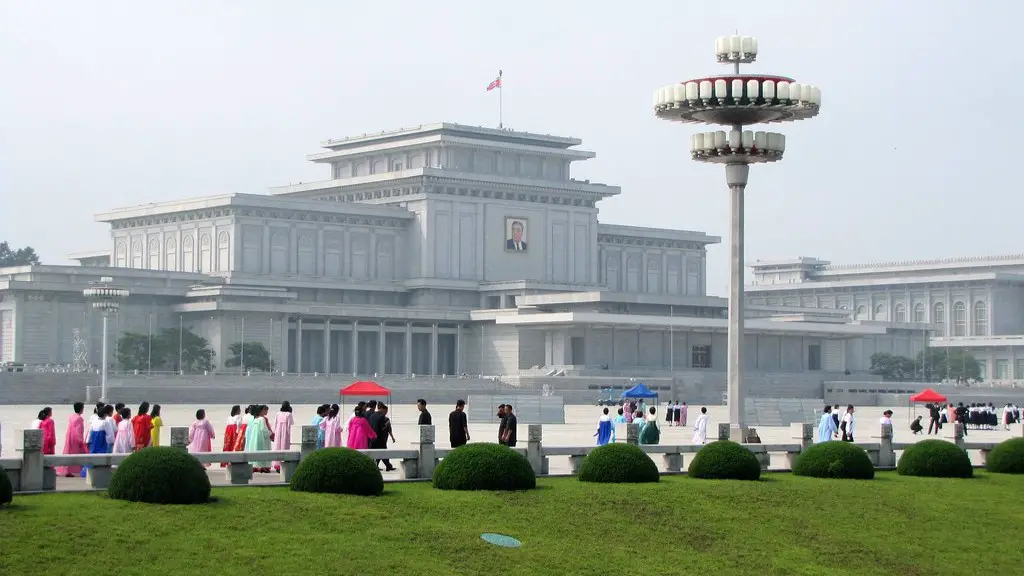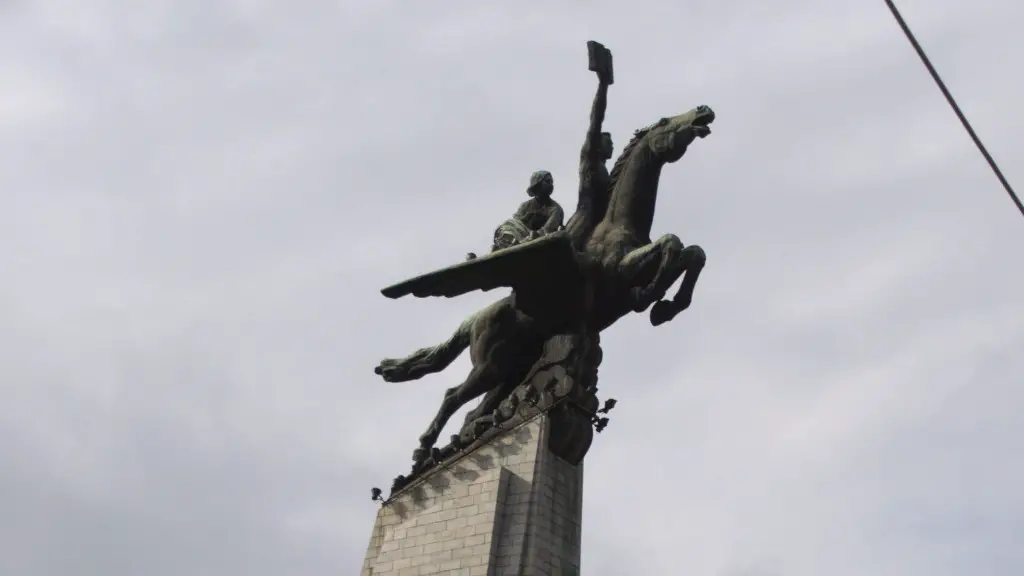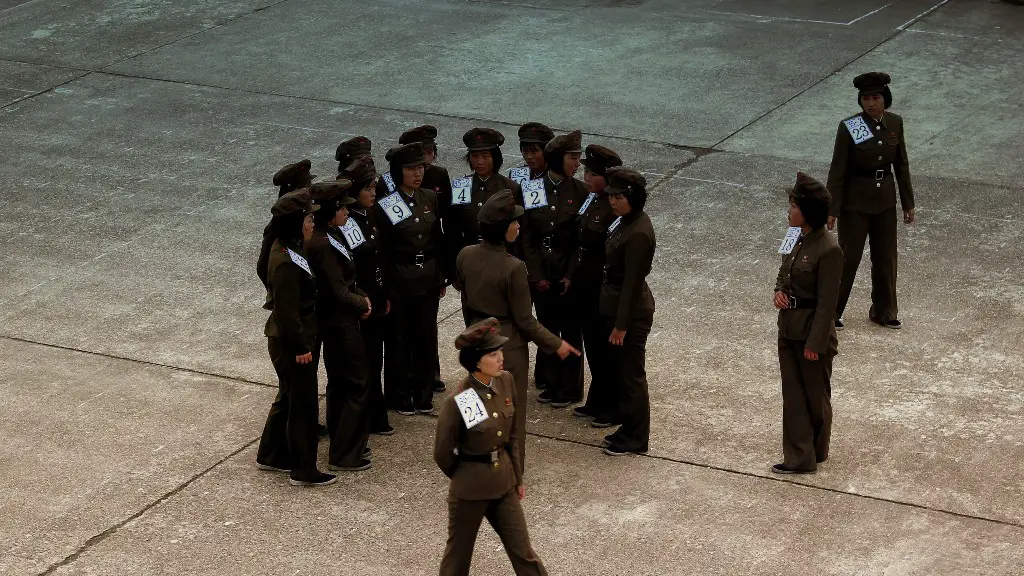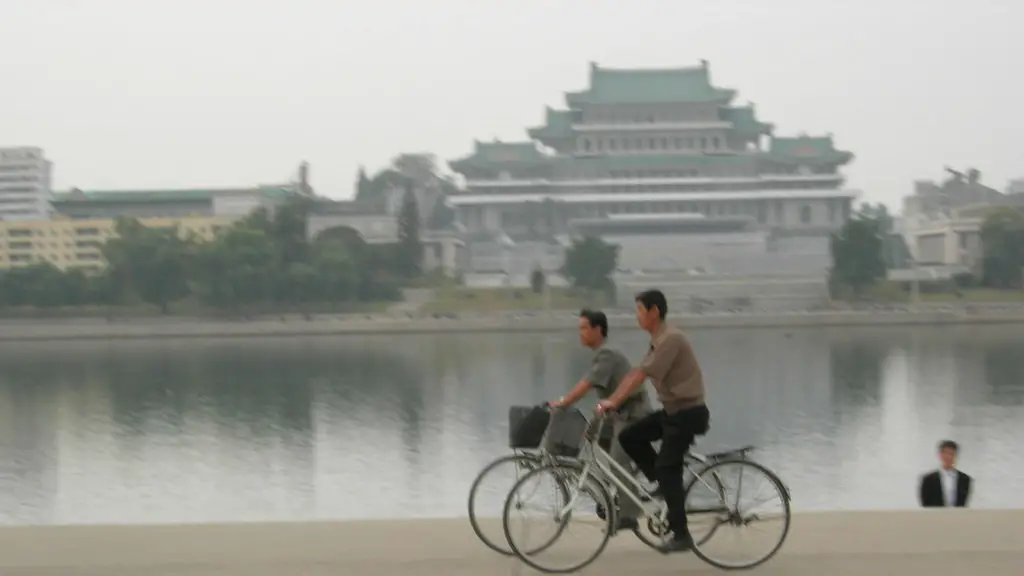The legacy of the Korean War still moves profoundly in the divided Korean peninsula. In the course of almost seven decades, it has been begging the same question “why was North Korea divided?”. The international community has given several theories in the attempt to understand the root causation behind the division of the once united nation.
The first small glimpse of the answer to the question can be seen through the lens of the 1950-53 Korean War. It was the product of the military build-up, as well as political and ideological divergence between the North and South. As the Korean peninsula was taken by surprise by the advent of the Cold War, the Soviet Union had no option but to back the North while the US supported the South. This strategic dispute ushered in an escalated conflict in the Korean Peninsula. This led to the division of North and South Korea and the two countries have been divided country ever since then.
Against the backdrop of Cold War politics, there remained social and economic disparities between the two Koreas. As the Cold War developed, Seoul witnessed more attention and resources due to the strategic investment from Washington. It meant that the South experienced a rapid economic development, boosted by the American incentives, as well as aid and loans for industrialization. Meanwhile, North Korea had to make do with outdated industrial production and infrastructure as it received finite support from Moscow.
Moreover, the ideological divide between the two countries resulted to clashes of communistic and capitalistic principles between the North and South. Since the Cold War, North Korea has stayed firm in their communistic principles. Ideas such as sovereign absolute power and privileging individualist freedom, capitalism, and democracy have always polarized the two Koreas.
Religious and personal convictions also fuelled the separation of the two countries. North Korea became a strongly atheist state and oppression of religious freedom was rampant, while South Korea maintained a strong Christian influence since 1945. Furthermore, North Korea’s ‘Military First Policy’ further postured the North as a stricter theocratic state, while South Korea stabilized in the pluralistic democracy framework.
Symbolic Division
The grim decades that followed the Korean War signalled a further deepening in the ideological and emotional divide between the two countries. Both North and South Korea perpetuated an emotional separation of the population. The North emphasised the ‘total resistance of the enemy’ and ‘ideological rigidity’, while South Korea promoted an open attitude to the rest of the world.
The symbolic line along the 38th parallel became institutionalised in the separation of both countries. South Koreans gradually developed their own identity, and citizens of both countries emphasised the difference to their respective identities. There was an insistence of separate coloquial slangs, such as the grammatical structure and the use of words, only amplifying the differences of the two countries. In the same manner, both countries had chauvenistic and protectionist foreign policies, further contributing to the deep-seated animosity between North and South Korea.
Ongoing Tensions
Today, a documentary legacy of the Korean War dominates international relations between the two Koreas and causes a social-psychological atmosphere of distrust and suspicion. The decades of tension, mistrust, and a deep-rooted ideological divide have been successfully institutionalised and the ongoing tensions are the constant reminder of the initial 1947 occupation and the 1950-53 Korean War.
Currently, North and South do not recognise each other as a governing entity, further distanced by the South’s military alliance with the United States. A hint of progress has been seen in recent weeks, due to the diminishing international pressure against the North with the incoming Joe Biden’s Administration. Nevertheless, the last efforts to sign a peace treaty between the Korean countries failed and prospects of a unified Korean peninsula do not seem to be happening anytime soon.
Economic Concerns
The North Korean economy has been in a state of economic depravation and has looked to economic incentives to bridge the gap. Since 2009, South Korean authorities have engaged in strategic trade and investment initiatives in from of international courts and the Kaesong industrial project. Still, the progress has been slow due to Pyongyang’s persistent military threats and support for nuclear weapons.
The South has employed a multi-faceted approach for economic reunification. Reasons for this range from smart power, economic incentives, as well as inter-Korean economic projects. Still, with the Trump Administration’s maximum pressure campaign, economic and diplomatic ties between the two countries have been at their weakest in the last decades. Reunification cannot be based on technological modernity and foreign aid alone, but rather on a humanistic and socio-economic approach that attends to the everyday needs and aspirations of North Koreans.
Political Realities
On top of deepening economic concerns, political disunity since the Korean War has been a perpetual reality of the two Koreas. South Korea’s democratic election system places a public emphasis on liberal values, while the North maintains a repressive regime with a closed-door policy to foreign investment and popular representation. Thus, the reunification of Korea remains a distant goal despite the long-term financial and diplomatic effort of the South.
North and South Korea have both pursued diplomatic solutions to inter-Korea relations through the bilateral or three-way summit between Pyongyang and Washington, as well as through China’s role as a mediator. In addition, inter-Korean economic projects have been actively pursued as a means of integrating the divided nation. However, despite these initiatives, the prospect of a unified Korea does not appear to appear during the near future.
Effective Solutions
Although the Korean peninsula is one of the most politically turbulent regions in the world, it is cautious to say that a unified Korea is not completely out of reach. The crux of the problem lies in the disparities in regime type and daily lives of the North and South. To effectively bridge the North and South Korean divide, the involved states need a common goal in terms of reunification backed by technical and financial support by the respective stakeholders.
Although North has sought aid and non-aggression guarantees from the US, the US has also been weary of influence from the North. Thus, in order for a reunified Korea to emerge, there is need for a multi-lateral approach that encourages regional economic integration and regional agreements between the two Koreas, China, Japan and the US.
The international community, the US and its allies must forge a new solution to the long-term problem of Korean reunification. This involves listening to and understanding the core issues, rooted in seven decades of tensions. Under the current global and regional initiatives, it is possible to see a unified Korean peninsula and the emergence of a stronger and more prosperous inter-Korean nation.




